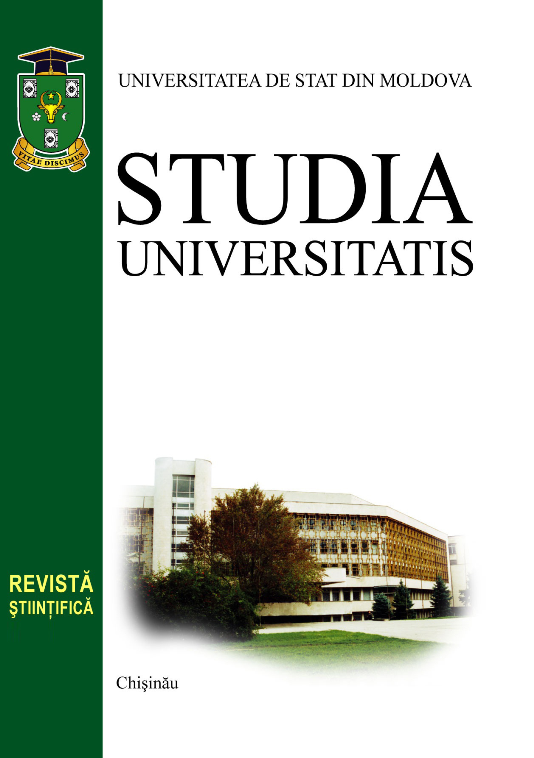MANIFESTAREA UNOR CARACTERE CANTITATIVE LA TRITICUM AESTIVUM L. ÎN REACŢIA LA FILTRATUL DE CULTURĂ HELMINTHOSPORIUM AVENAE EIDAM
Elena SAŞCO Institutul de Genetică, Fiziologie şi Protecţie a Plantelor al AŞM
Abstract
THE MANIFESTATION OF SOME QUANTITATIVE CHARACTERS OF TRITICUM AESTIVUM L. IN REACTION TO HELMINTHOSPORIUM AVENAE EIDAM CULTURE FILTRATE
The following characters have been studied: the length of embryonic root and stem at early ontogenetic stage, the callus frequency of mature embryos, callus area and biomass of autumn common wheat parent genotypes Niconia, Odeschi 267 and reciprocal hybrids F1, F2, BC derived from reciprocal crossover of the genitors. It has been determined that maternal genitor Niconia was involved in the development of growth characters in optimum conditions (witness). On background with culture filtrate H. avenae the resistant genotype Odeschi 267 manifested as a maternal and also as paternal donor for the root and only maternal – for the stem. The hybrids of reciprocal combinations have demonstrated high specificity in phenotypic manifestation of callus frequency and callus area characters, between indexes being established negative correlations in witness and background choices with FC H. avenae. Genotype Niconia has been attested as an efficient genitor for the heredity of callus frequency, while for the callus area character – parent Odeschi 267. In phenotypic expression of callus genesis maternal effect manifested for characters at hybrids F1, F2, while the paternal form influenced the alternative proportion of additive factors in character expression at retro crossover hybrids. Through cluster analysis (dendrograms, k-means) of the growth index and callus genesis, it has ascertain similarities and repartition differences of reciprocal hybrids, the manifestation of genes that control characters – being influenced by FC H. avenae. Keywords: Triticum aestivum L., reciprocal hybrids, Helminthosporium avenae culture filtrate, length of root and stem, frequency of callus, callus surface area and biomass.


